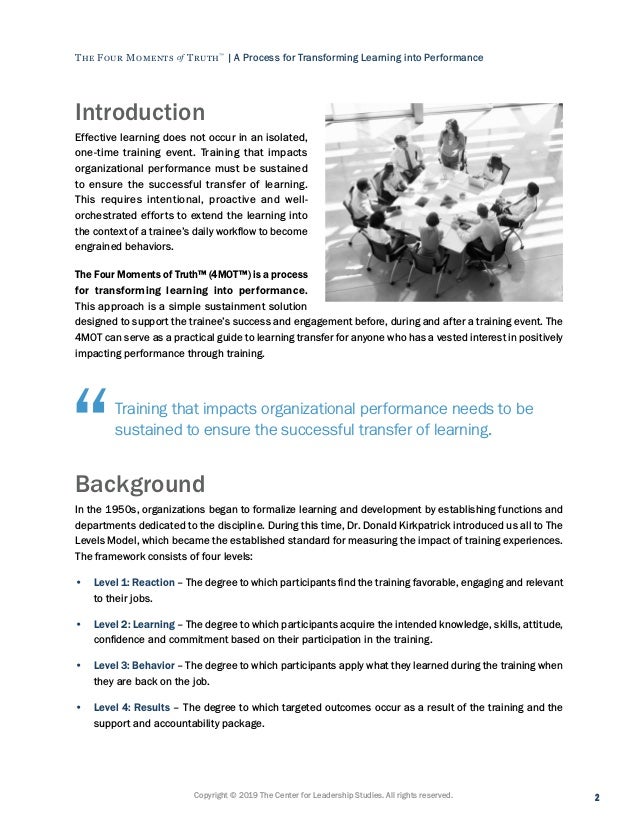


The truth is, that if you don't have enough collateral in place, your audience are unlikely to engage with your brand, resulting in missed opportunities. Four Creators of Modern Medicine Thomas Dormandy. Having lived through an era of 'fake news', FYRE festival's false advertising and Sunday Riley's false reviews (to name just a few scandals), your customers will certainly not be relying on any one source of information and will need time to build up their trust in you and your product. Google's research identified that, be it on your website, social media or in-person, a buyer will spend 7 hours, on average, researching your product, looking at reviews, comparing the competition and consuming content about your brand, across 11 touch points and in 4 different locations before they are ready to make the all important decision to buy.Ĭonsumers have grown increasingly skeptical of brands and what they read and see online. So what is 7-11-4 and why is it so important? The zero moment of truth (ZWOT) is the point at which the buyer educates themselves prior to making a purchase decision and it is the most vital step in the buying process, taking up the largest amount of time. Tag: Four Moments of Truth Brian Solis’ Four Moments of Consumer Truth Is Referenced By Namibia Economist Brian Solis Septemin Press Solis is referenced in two unique ways in a Namibia Economist article by Natasja Beyleveld called Mirror Mirror on the wall, if I ride a skateboard will I fall The Ultimate Moment of Truth. Not long ago, Google identified a new step in the customer journey. Pre-internet, these three steps worked quite nicely. Customers enjoyed viewing new adverts despite their interruptive nature, as they were one of the only ways of finding out about new solutions to their problems. Today, with the internet at our finger tips, we have far more choice and far more information available to us, and, as Google's research shows, we are using it. The last step was the the second moment of truth , consisting of the customer's experience of your product after having made the purchase with their fingers crossed! It all started with the the stimulus, where a buyer would see your advert, poster or flyer, and for the very first time realise that you (or your solution) existed.Īfter that came what marketers call the first moment of truth, in which the buyer sees your product in-store or is directed to its online product page where the decision to buy or not to buy is made.


 0 kommentar(er)
0 kommentar(er)
